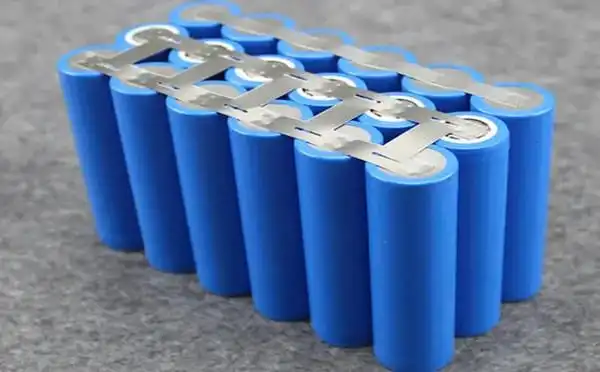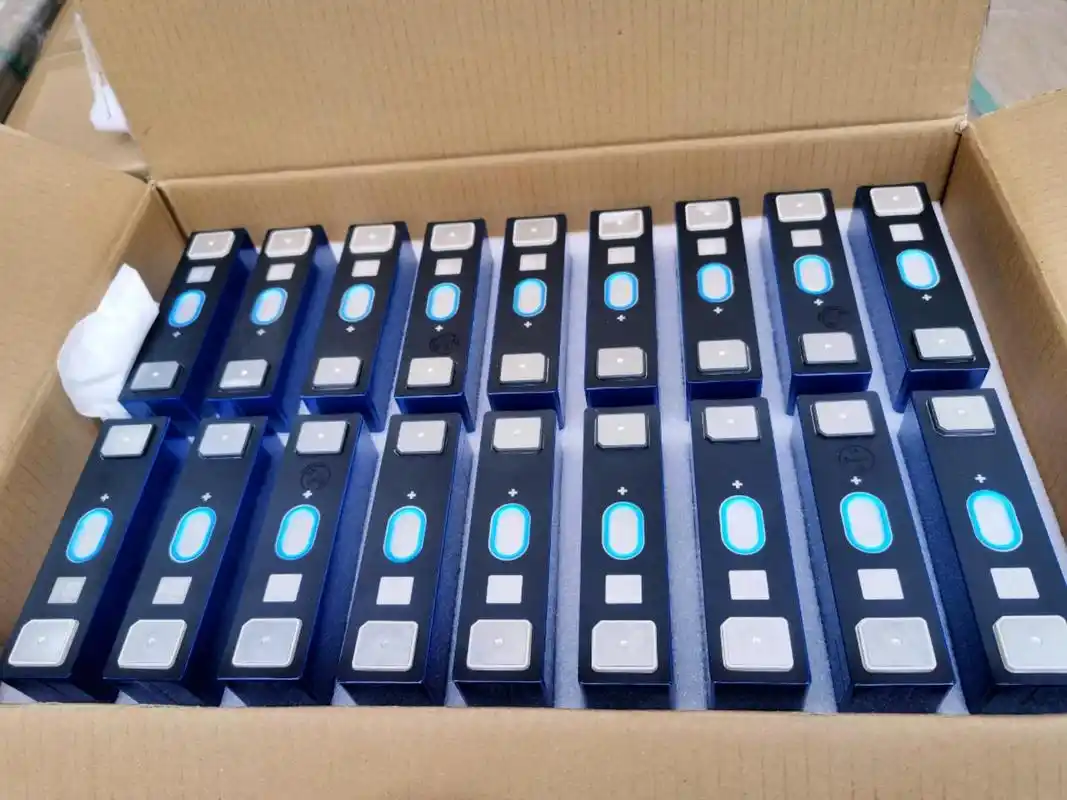 |
Welcome To Evlithium Best Store For Lithium Iron Phosphate (LiFePO4) Battery |
 |

Lithium batteries have revolutionized energy storage, offering unmatched efficiency, longevity, and versatility. Unlike primary batteries, which are single-use, secondary lithium batteries can be recharged repeatedly, making them ideal for diverse applications. This guide explores the different lithium cell types, configurations, and their practical applications to help you make informed decisions.
When you examine a lithium battery pack, the most noticeable components are the individual cells and the circuit board. Lithium batteries are commonly built using three main types of cells: cylindrical, prismatic, and pouch cells. Each type offers unique advantages, depending on the application. For this discussion, we’ll focus on lithium iron phosphate (LiFePO4) cells, each providing a standard voltage of 3.2V.

Cylindrical cells resemble household batteries, such as AA batteries, and have been a staple since their introduction in the 1990s. Their durable metal casing and uniform shape make them ideal for applications requiring compact and lightweight solutions.
Cylindrical cells are particularly suited for devices where space is limited, and weight significantly impacts performance.

Prismatic cells are rectangular and are often found in devices like laptops and larger battery packs. They are designed to maximize energy capacity within a compact footprint, making them perfect for energy-dense applications.
Prismatic cells can store more lithium by volume than cylindrical cells, enabling larger configurations for high-capacity requirements.

Pouch cells, as the name suggests, are encased in a flexible aluminum foil pouch. This design allows for the highest energy density among the three types.
These cells can be directly integrated into devices without requiring an external casing, offering flexibility in design.
Selecting between a power cell and an energy cell depends on your specific application. Here’s what sets them apart:
Understanding the demands of your application is crucial. For example, while power cells can handle high torque in tools, energy cells are better for consistent usage scenarios, such as powering mobility devices.
Building a lithium battery pack requires careful planning around voltage, amp-hour capacity, and the intended application. The arrangement of cells in series or parallel determines the overall configuration.
To create a 125 Ah, 12.8V battery using 25 Ah prismatic cells:
This method ensures the battery pack meets specific energy and power requirements for optimal performance.
The variety in lithium cell form factors caters to diverse application needs:
Choosing the right cell type and configuration ensures the battery delivers optimal performance and longevity.
When designing or purchasing a lithium battery, consider:
For example, using energy cells in a starter application may reduce the battery's lifespan, just as using power cells in a cyclic device may lead to inefficiencies.
At evlithium, we provide a wide range of lithium battery options, including power and energy cells, as well as prismatic and cylindrical formats. This variety allows customization to meet high-rate, deep-cycle, or capacity-specific requirements.
Our experts can guide you through the process of selecting the right configuration for your needs, ensuring optimal performance and longevity for your application.
Understanding lithium battery configurations and applications is essential for maximizing their efficiency and lifespan. By selecting the right cell type, form factor, and configuration, you can create a battery pack tailored to your specific needs.
If you have any questions or need expert advice, feel free to contact us. We’re here to help you power your world more efficiently.
Edit by paco
All Rights reserved © 2025 Evlithium Limited